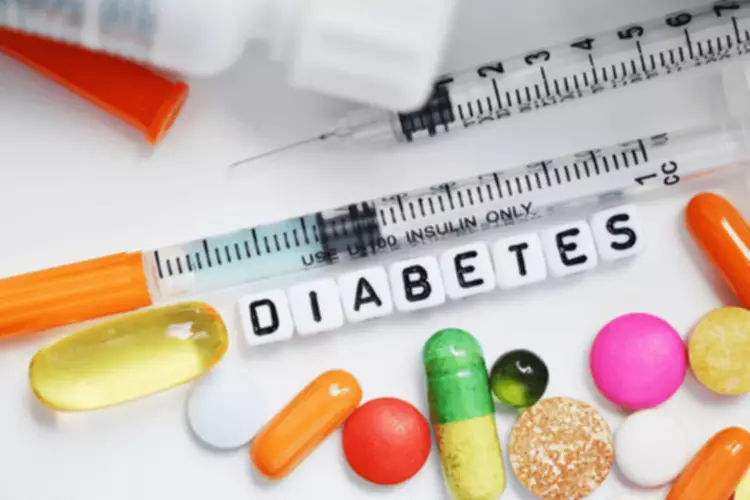
According to the National Institute on Drug Abuse (NIDA), the strength of delta-9 THC, the most common form of THC, in illegal cannabis products has increased from 3.96% in https://ecosoberhouse.com/ 1995 to 16.14% in 2022. Overall, study participants had a favorable outlook toward cannabis. They reported potential health benefits and expressed a desire for scientific research to investigate these potential benefits. Cannabis is one of the most popular recreational drugs in the United States. It is now legal for recreational and medical use in many U.S. states. Despite some of the documented risks of marijuana use, 23 states and Washington, D.C.
- The most well-established, long term harm of regular cannabis use is addiction.
- Studies have found those who struggle with cannabis dependence often find dissatisfaction in various areas of their lives, including relationships, work, and education.
- Many addictive substances affect how the brain responds to dopamine.
- These substances can all react with receptors in your brain that control body functions such as hunger, feelings of pain, and mood.
What are synthetic cannabinoids?
The right strategy depends on the person’s lifestyle and the severity of CUD. A 2018 review suggests that cannabis may have less effect on dopamine than alcohol and opioids and highlights the need for further research. Similarly, another 2018 review suggests that cannabis does affect dopamine but to a lesser extent than other drugs. Over time, use may undermine dopamine production, causing someone to use more of the drug or to use it more often to attain the same feelings of pleasure, which can lead to dependence and addiction.
Addiction Treatment
StudyFinds publishes digestible, agenda-free, transparent research summaries that are intended to inform the reader as well as stir civil, educated debate. We do not agree nor disagree with any of the studies we post, rather, we encourage our readers to debate the veracity of the findings themselves. All articles published on StudyFinds are vetted by our editors prior to publication and include links back to the source or corresponding journal article, if possible. Working memory is sort of like a mental sticky note – it’s what helps you remember a phone number just long enough to dial it. We use this type of memory countless times each day, from following a conversation to solving problems or remembering directions.
Building up a tolerance

For example, when I buy Advil in the supermarket, I know that I am getting 200 mg capsules. Some researchers believe that because today’s marijuana is much more Sober living house potent, it makes it more likely that some people will develop physiological dependence. Cannabis use disorder, or marijuana use disorder, results from chronic cannabis use.
Lifestyle Modifications
Currently, 31 states and the District of Columbia have laws legalizing marijuana in some form. In fact, 10 states and the District of Columbia allow marijuana for recreational use. Marijuana addiction can be challenging both for the person experiencing the addiction and for those around them. Marijuana use disorder, addiction, and dependence are treatable. While this is a serious medical concern, it can also be treated.

This is an increase of 1,300% of, pediatric cannabis edible ingestion. And so, these are those things again, like the candies and the chocolates and so on. So, it’s really important for people to think about how they’re storing things.

This is also consistent with prior findings that the dopaminergic reward system is reactivated during acute craving episodes (Volkow et al. 1999b, 2005; Koob and Volkow 2016). Moreover, in cannabis abusers, but not in controls, acute THC intoxication elicited activation of brain reward regions as assessed by increases in brain glucose metabolism in striatum and orbitofrontal cortex (Volkow et al. 1996a). Overall, these studies demonstrates that chronic cannabis use sensitizes the mesocorticolimbic-reward system to cannabis cues and to THC (Volkow et al. 1996a; Filbey et al. 2016). These findings suggest that chronic cannabis use affects key brain circuits involved in the reward system similar to other drugs of abuse. The withdrawal/negative affect stage is then triggered by opponent-process responses following binge episodes. These opponent-process responses are marked by within-systems and between-systems neurobiological changes that drive the loss of motivation towards non-drug rewards and impaired emotion regulation seen in this stage.
- People using weed for medical purposes are as likely — or more — to become addicted to cannabis as recreational tokers, a new study says.
- Researchers also explore the potential connection between CHS and cyclical vomiting syndrome; cyclical vomiting syndrome involves similar symptoms but is not cannabis-related.
- As cannabis and cannabinoids are used increasingly in areas where use is legal, much can be learned about their applications.
- Daily or weekly marijuana use has been found to increase the chances that a person becomes dependent on the drug in the future.
- This increased consumption can escalate to dependence, marked by withdrawal symptoms like irritability, anxiety, and sleep issues when cannabis use is reduced or stopped.
Diagnosing CHS can be challenging due to the overlap with other gastrointestinal and metabolic issues. Physicians typically arrive at a is weed addictive diagnosis by evaluating a patient’s medical history, frequency of cannabis use, and recurring symptoms. When cyclical vomiting syndrome presents similar signs, doctors need to rule out other conditions before confirming CHS. Key diagnostic indicators include a history of long-term cannabis use, recurrent episodes of nausea and vomiting, and reports of symptom relief through hot baths or showers. While it’s true that researchers were unable to determine if the cannabis was smoked, vaped or eaten, the study was conducted prior to 2015 when smoking marijuana was most common, Gowin said. Among men 35 to 49, 5% of medical users, nearly 7% of medical/recreational users, and 4% of recreational users had severe cannabis use disorder.
- And among people who are using daily, that number is closer to one in three.
- Addiction happens when a person uses a substance such as alcohol, marijuana, or another drug in excess.
- But family ties may also help some people avoid progressing to a state of addiction.
- It’s important to note that again, that this is very uncomfortable, but it’s not necessarily life threatening.
- With dependence, a person actually requires the drug to function normally, and without it they experience uncomfortable withdrawal symptoms.
Evidence-Based Addiction & Mental Health Therapies
This increased consumption can escalate to dependence, marked by withdrawal symptoms like irritability, anxiety, and sleep issues when cannabis use is reduced or stopped. Cannabis use at a young age has also been linked to other mental health conditions, including the likelihood of developing psychosis87 and to developing cannabis use disorder later in life. NAC is being investigated as an anticraving agent in cannabis addiction therapy due to its regulatory role in glutamate and dopamine signaling (Samuni et al. 2013). NAC helps regulate the intra- and extracellular levels of glutamate through the cysteine-glutamate antiporter.
